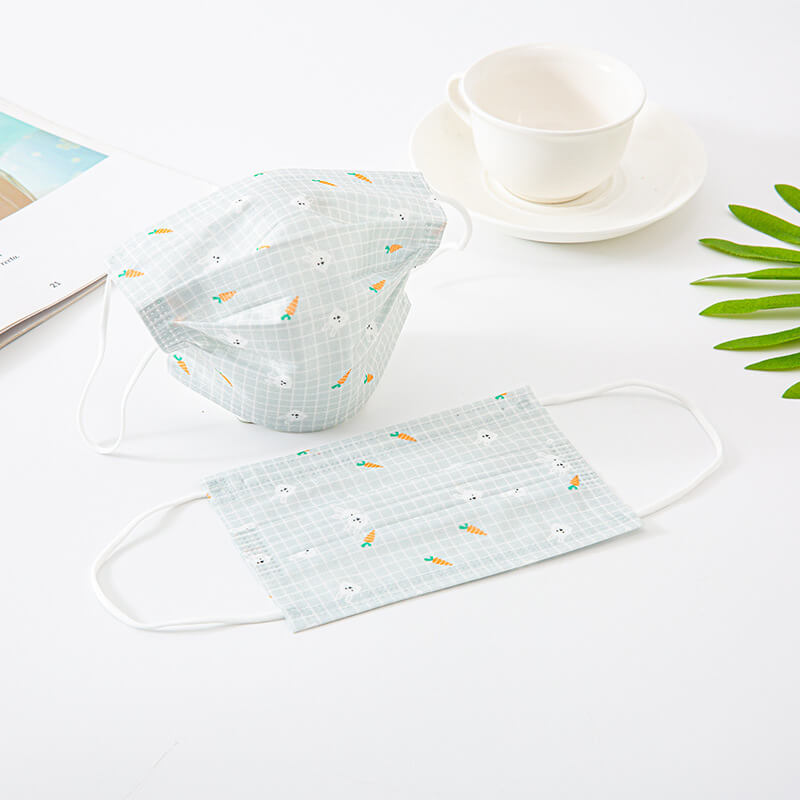Tips to Help Kids Wear Face Masks
1. Explain in simple terms why kids should wear them
Wearing a mask is an act of kindness. Just like we have taught you to sneeze into your elbow, we’re asking you to wear a mask to prevent germs from spreading. It’s telling others that you care about them and you’re trying your best to keep your germs to yourself. This kid-friendly video can help further explain why everyone needs to wear one.
2. Acknowledge their frustrations
Kids are frustrated by how coronavirus has impacted their lives. It can be helpful to acknowledge this and normalize their feelings, especially when they may feel like this is another negative way that COVID-19 is affecting their normal way of life.
3. Begin practicing when the timing is right
The best time to first practice is when everyone is well-rested, well-fed, and in a pleasant mood! It will be easier for everyone to have a positive experience with the practice when they’re in the right mindset.
4. Do practice sessions at home
Allow them to touch it, sniff it, and hold it in their hands for an increasing amount of time to build skill and comfort (5, 10, 30 seconds for example). Then have them hold it to their mouth for 1, 2, 5, 10 seconds, progressing up to a minute or more.
5. Stay positive and make it fun!
Give them lots and lots of compliments for practicing and keeping the mask on for longer periods of time. Point out when your kids are keeping their hands away from the mask (instead of only commenting on when they are touching it). Once they’re more comfortable keeping it on, have them do fun things while wearing it. Do a silly dance, paint pictures, play their favorite games, or read their most-loved books. Practice putting masks on their toys, dolls, or stuffed animals. If they’re into superheroes, they may enjoy being called a “masked superhero” when they wear the facial covering. Distraction can really help them to ignore some of the yucky sensations that kids may feel when wearing it, such as the warm, wet breath and tightness around the face.
6. Use positive, clear, polite commands and be consistent
It might take some practice to change how we give commands. Rather than saying “Stop touching your mask”, instead say, “Please keep your hands away from your face.” When setting limits say, “If you’d like to go with me to drop this off, you’ll need to wear a mask, please” instead of “You can’t go if you don’t wear your mask”. Replacing “NO, STOP, CAN’T or DON’T” statements with positive and active (“DO”) statements can make those desired behaviors more likely to happen!
7. Practice with others
Set up a video chat with friends or family members to practice wearing masks together. It will help normalize wearing them as well as provide encouragement for people on both ends of the call. Kids also learn new things quickly from their friends (like using “potty talk”!) and practicing together can make it more fun.
8. Plan to take breaks for relaxation as needed during practice sessions
Allow your children to take breaks if they seem overwhelmed to make sure that practice is happening when they are calm. Your child may find it helpful to practice mind and body relaxation during these rehearsal sessions. Taking a quick break from wearing the mask can be helpful if it is getting uncomfortable. We want to be sure that your children are prepared that the mask will be put right back on for practice once they are more relaxed.
Shop kids mask at online store www.clcarbonlife.com



